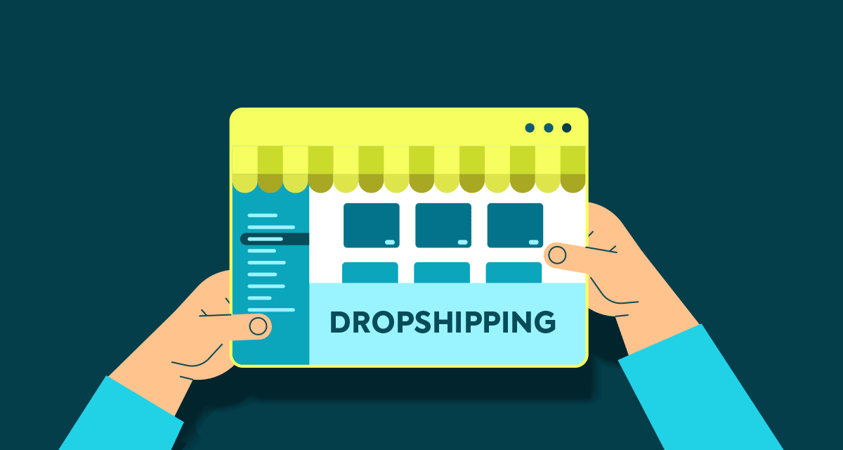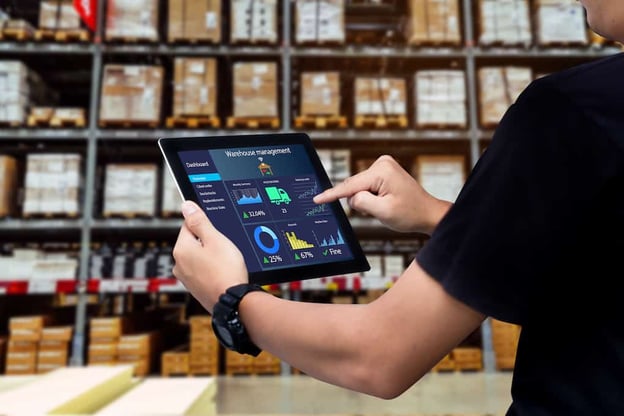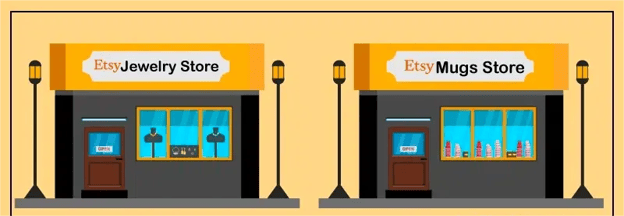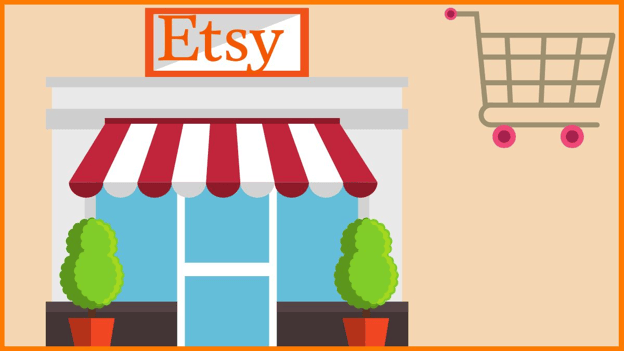How does dropshipping work?
Dropshipping is a retail fulfillment method where a store does not keep the products it sells in stock. Instead, when a store sells a product, it purchases the item from a third party and has it shipped directly to the customer. As a result, the merchant never sees or handles the product.
Here's how the process typically works:
- A customer places an order on the store's website.
- The store forwards the order and shipping details to the dropship supplier.
- The supplier ships the order directly to the customer.
- The store keeps the difference between the wholesale and retail prices as profit.
Dropshipping can be a convenient and cost-effective way for merchants to sell products online, as it allows them to offer a wider range of products without the need to hold large amounts of inventory or manage fulfillment. However, it can also be challenging to find reliable suppliers and to effectively manage the process, as the merchant is relying on the supplier to handle a significant part of the business.
Advantages and disadvantages of dropshipping?
There are several advantages to using dropshipping as a fulfillment method:
Low startup costs: Because the store does not need to purchase inventory upfront, the initial investment required to start a dropshipping business is relatively low.
Easy to get started: Setting up a dropshipping store is relatively simple, as it does not require the merchant to manage inventory or handle fulfillment.
Flexibility: A dropshipping store can offer a wide range of products without the need to hold large amounts of inventory. This allows the store to quickly adapt to changing customer demand or market trends.
No need for warehouse space: Dropshipping eliminates the need for the store to rent or purchase warehouse space to store inventory.
No risk of unsold inventory: Because the store only purchases the product after it has been sold to the customer, there is no risk of ending up with unsold inventory that must be marked down or disposed of.
There are also several disadvantages to using dropshipping:
Lower profit margins: Because the store must purchase the product from a third party, the profit margin may be lower compared to purchasing the product directly from the manufacturer or wholesaler.
Difficulty in managing inventory: The store is reliant on the supplier to have the product in stock and to accurately update the availability on the store's website. This can lead to issues if the supplier runs out of stock or if there are delays in updating the store's inventory.
Quality control issues: The store is relying on the supplier to handle the production and fulfillment of the product, which can lead to quality control issues if the supplier is not reliable.
Limited control over the fulfillment process: The store has limited control over the fulfillment process, as it is being handled by the supplier. This can lead to issues with shipping times and the overall customer experience.
Dependence on the supplier: The store's success is largely dependent on the reliability and performance of the supplier. If the supplier experiences issues or goes out of business, it can significantly impact the store's operations.
Is dropshipping profitable?
Dropshipping can be a profitable business model, but it is important to carefully consider the potential risks and challenges before starting a dropshipping store.
One of the main factors that can impact the profitability of a dropshipping business is product selection and pricing. It is important to carefully research and select products that have the potential to sell well and to price them competitively in order to maximize profits.
Another factor that can impact profitability is the performance of the supplier. It is important to carefully research and chooses reliable suppliers that can consistently deliver high-quality products in a timely manner.
In addition, it is important to consider the costs of running a dropshipping store, including website hosting, marketing, and payment processing fees. These costs can eat into profits if not carefully managed.
Overall, it is possible to operate a profitable dropshipping store, but it requires careful planning, research, and management to minimize risks and maximize profits.
Is dropshipping worth a try in 2023?
Dropshipping can be a viable business model in 2023, but it is important to carefully consider the potential risks and challenges before starting a dropshipping store.
One factor to consider is the level of competition in the market. Dropshipping has become a popular business model in recent years, which can make it challenging for new stores to stand out and attract customers. It is important to carefully research the market and identify a unique selling proposition that can differentiate the store from competitors.
Another factor to consider is the performance and reliability of the supplier. It is important to carefully research and chooses suppliers that can consistently deliver high-quality products in a timely manner.
It is also important to consider the costs of running a dropshipping store, including website hosting, marketing, and payment processing fees. These costs can eat into profits if not carefully managed.
Overall, it is possible to operate a profitable dropshipping store in 2023, but it requires careful planning, research, and management to minimize risks and maximize profits.




